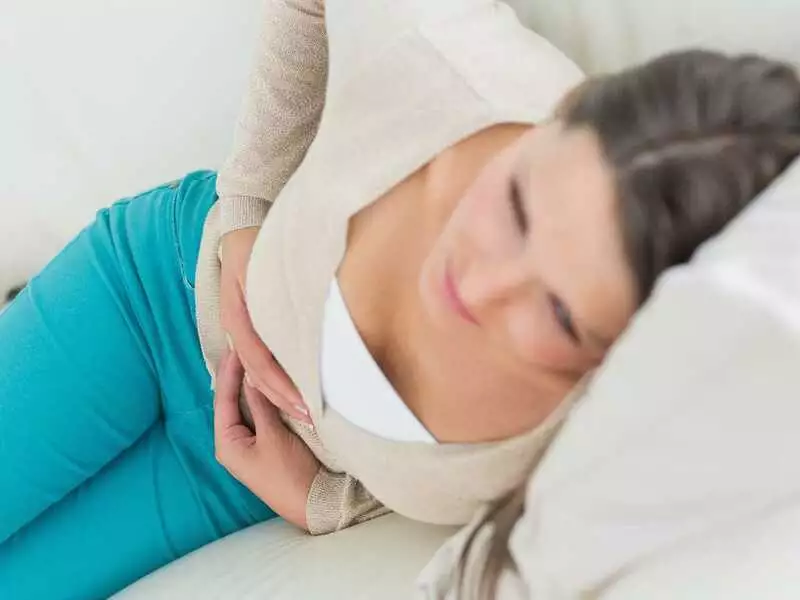Thanks to advances in medicine, it has been possible to understand the biological processes involved in human fertility. We propose an article on the changes occurring in the female body during the monthly cycle, which we were inspired to write by the many questions we encounter in the gynaecology forum.
Physiological processes
Most physiological processes occurring in the human body are cyclical in nature. Changes in a woman's body, especially her reproductive processes, are also subject to this.
During the reproductive period, which begins with menarche, i.e. the first menstrual period, and ends with menopause, i.e. the last menstrual period, the woman's body undergoes processes related to the maturation of the ovum, ovulation (ovulation), the activity of the corpus luteum and changes in the endometrium regulated by the endocrine system. These are repeated continuously and cover a certain period of time, which we call the menstrual cycle. They prepare the woman's body for motherhood in each cycle. The start of a new menstrual cycle is counted from the first day of the onset of bleeding. The first menstrual period in a woman's life usually occurs between the ages of 11 and 16 (average 12.7 years), and the last can occur after the age of 45 (average 51.4 years).
Menstruation is the most visible symptom in the menstrual cycle, but the most important one that determines fertility is ovulation, i.e. the release of a mature ovum from the ovary. This is the only time a woman can conceive and the period is limited to about 48 hours usually in the middle of the cycle, i.e. in the case of a 28-day cycle, about the 14th day counting from the first day of menstruation.
Menstrual cycle
The menstrual cycle is controlled by the superior, from the point of view of hormonal regulation, hypothalamic-pituitary system in conjunction with the cerebral cortex and other endocrine glands. The hypothalamus regulates the secretion of the hormones FSH and LH by the pituitary. Under the influence of FSH, the growth and maturation of the Graff follicle and the secretion of oestrogens occur in the ovary in about 14 days. The endometrium responds to the oestrogens by gradually increasing its thickness (this is known as the growth phase). At the same time, the basal body temperature is lower.
The hormone LH transforms the rupturing and expelling ovum of the Graaf follicle into the so-called corpus luteum. This secretes the hormone progesterone, the concentration of which increases approximately 12-16 days before the next menstrual period. Under the influence of this hormone, significant changes take place in the endometrium: growth, multiplication and proliferation of glands. This is the so-called secretory phase. The response to progesterone is a rise in body temperature of about 0.5°C until the end of the cycle. If fertilisation of the ovum occurs during the cycle, the temperature rise continues, as the high secretion of progesterone by the corpus luteum and then by elements of the foetal egg continues, and it is this hormone that influences the rise in body temperature.

photo: panthermedia
It is accepted that the first day of the cycle is the first day of monthly bleeding. Bleeding is caused by the disappearance of the enlarged endometrium. Together with the blood, the remains of the endometrium are expelled. This phenomenon is most intense in the first two days of bleeding. Thereafter, the intensity of the bleeding decreases. This phase lasts for about five days. The following days are the follicular phase of the cycle. Under the influence of hormones produced by the hypothalamus (LH and FSH), several follicles containing egg cells mature in the ovary. During this time, the endometrium undergoes regeneration after the exfoliation of the superficial layer. Estrogens, secreted by the maturing ovarian follicles, are responsible for this regeneration. These processes usually take place up to the 13th day of the cycle. Usually around day 14 of the cycle, the ovarian follicle ruptures and the mature ovum is released. There are ongoing changes in the endometrium to prepare it to receive the fertilised egg. After ovulation, the ruptured ovarian follicle transforms into the corpus luteum, which secretes progesterone.









